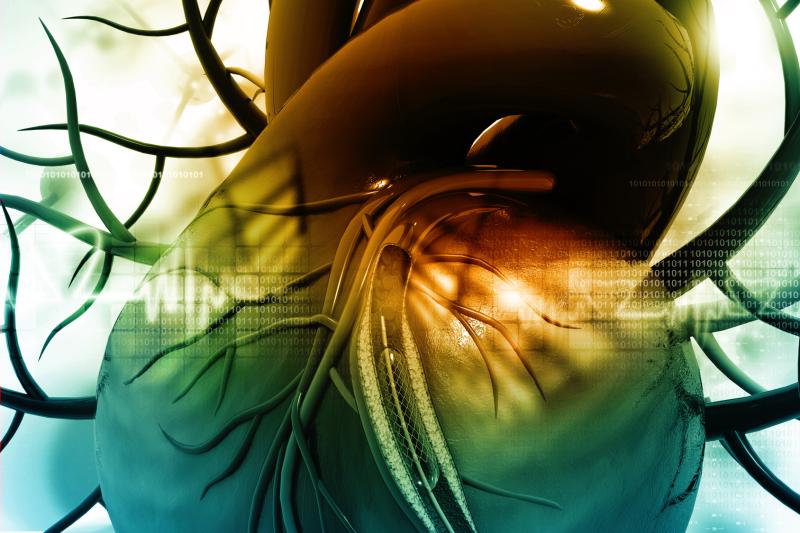 AGGF1 allows non-surgical therapeutic angiogenesis through autophagy for coronary artery disease
AGGF1 allows non-surgical therapeutic angiogenesis through autophagy for coronary artery diseaseAn elevated coronary artery calcium (CAC) level is a strong predictor of major adverse cardiac events (MACE) in stable, symptomatic patients with suspected coronary artery disease (CAD), reports a recent meta-analysis.
Accessing the databases of Google Scholar, Cochrane CENTRAL, Web of Science, Ovid Medline and Embase, researchers identified 19 reports corresponding to 34,041 participants. There were 1,601 cardiovascular events analysed, of which 1.18 percent (n=158) occurred in patients with a CAC score of 0.
The risk of MACE was significantly elevated in patients with any detectable CAC (relative risk ratio, 5.71, 95 percent confidence interval [CI], 3.98–8.19). The same was true for the occurrence of either all-cause mortality or nonfatal myocardial infarction, according to a meta-analysis of 13 studies (relative risk ratio, 3.64, 95 percent CI, 2.68–4.96).
Disaggregating according to different CAC score thresholds, researchers found that relative to patients with score 0, those with scores >100 (relative risk ratio, 9.57, 95 percent CI, 6.87–13.33) or >400 (relative risk ratio, 8.30, 95 percent CI, 4.95–13.90) were significantly more likely to develop MACEs.
In a sensitivity analysis of 12 studies where all participants were reported to be symptomatic (n=20,421), researchers also found an elevated risk of MACE (relative risk ratio, 5.85, 95 percent CI, 3.69–9.27).
“The findings are clinically relevant for the large group of symptomatic patients and, although a multicentre randomized trial will be needed to assess the exact utility and incremental predictive value of calcium testing, our analyses indicate that CAC scanning should be helpful in clinical decision making in a considerable number of stable patients with chest pain,” said the researchers.